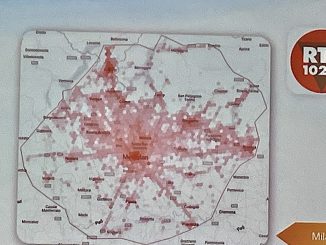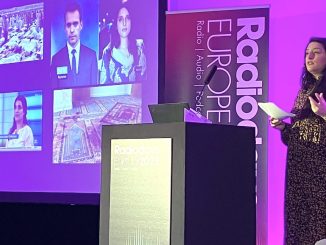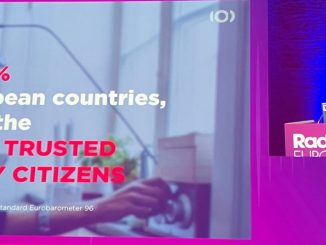
The future is now… challenges and opportunities in Audio #RDE23
“Audio is the new cool, so we need to become the leader of audio,” said Charles-Emmanuel Bon from Radio France during a panel discussion at RDE23.“We need to segment in the way audiences use digital media, not in the traditional way through age demographics. Audiences need to be profiled by understanding their content interests and how they consume content…“We aim to produce less content, but more targeted content by forging links between our marketing and programming areas to inform our content and delivery.” Bon explained that his station segments content by thinking it through, producing it and distributing the content on a targeted platform.These are the key strategies to meet Radio France’s identified challenges for the future:• Think about content as being non linear• Understand how we can use technology and help our journalists use AI in their work.• Hybrid radio• IP distribution is important as users are moving faster• Spend more time on packaging program content to reach audiences that will never tune into our stations as part of Public Broadcasters’ mandate.• Opinion isn’t difficult but some of the population sees us as biased… we must present the facts and keep the conversations going.“We plan to further invest in our people by training them to move from sound design to motion design,” said Bon.Martina Rihova from ACTIVE contributed to the discussion saying, “our biggest challenge is creating appealing content for the audience. We often forget about content and focus too much on new technology.”She identified these further challenges:• AI coming in can be leveraged as a useful tool in assessing the viability of podcasts.• Creating different ways to deliver content to keep younger audiences on multiplatform distribution.• People are tired of news so we have less news less on air and more news content on our podcasts.“My advice is to learn to make AI your friend,” she said.“Collaboration is the common goal,” said Cathinka Randon, NRK, from Norway. “Together we focus on the most important aspects and deliver through our own platform NRK radio app.”“We will continue to build our content and understanding of our listeners by understanding their habits and how they find their content.”Guy Frankel, Director. Rock Antenne plans to keep up with Generation Z and Alpha “by seeing what they are looking for like anchor points in music which can then be packaged by announcers on social media.”“Creating multiplatform content has lead to a change in the sales unit to work more closely with marketing through straight brand management. We’re increasing our sales by working with clients to increase their profile on digital platforms where they wish to be.” […]




